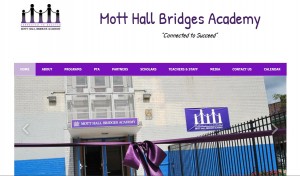Dear Commons Community,
On November 18, 2014, the Pearson Charitable Foundation’s Board of Directors publically announced the intent to cease Foundation operations and close the Pearson Foundation at the end of the year. This follows a decision by Pearson plc to integrate all of its corporate responsibility activities and functions into its business entity. As reported in The Washington Post:
“The closing comes on the heels of last year’s court settlement when the Pearson Charitable Foundation paid $7.7 million in fines to the state of New York after authorities found that it had broken state law by helping its for-profit parent by helping it develop Common Core educational products and by paying travel expenses for potential clients to attend education conferences.
Nonprofit organizations are not supposed to be helping for-profit companies make money. The settlement between the foundation and New York Attorney General Eric T. Schneiderman said that the foundation had a “close working relationship” with Pearson. It said:
The Foundation’s staff has consisted of Pearson employees; the Foundation’s board was comprised entirely of Pearson executives until 2012; select Foundation programs have been conducted with the advice and participation of senior Pearson executives; and the Foundation continues to rely heavily upon Pearson Inc. for administrative support.
According to the settlement, Pearson used its nonprofit foundation to develop Common Core products in order to win an endorsement from a “prominent foundation.” A story by my Washington Post colleague Lyndsey Layton said that Pearson used the foundation to develop Common Core products, including courses, to win an endorsement from a “prominent foundation,” which happened to be the Bill & Melinda Gates Foundation, which was a prime funder of the Core from its creation.”
Pearson’s corporate-affiliated foundation was a prime example of how the education-industrial complex works and profits from public education in this country.
Tony






